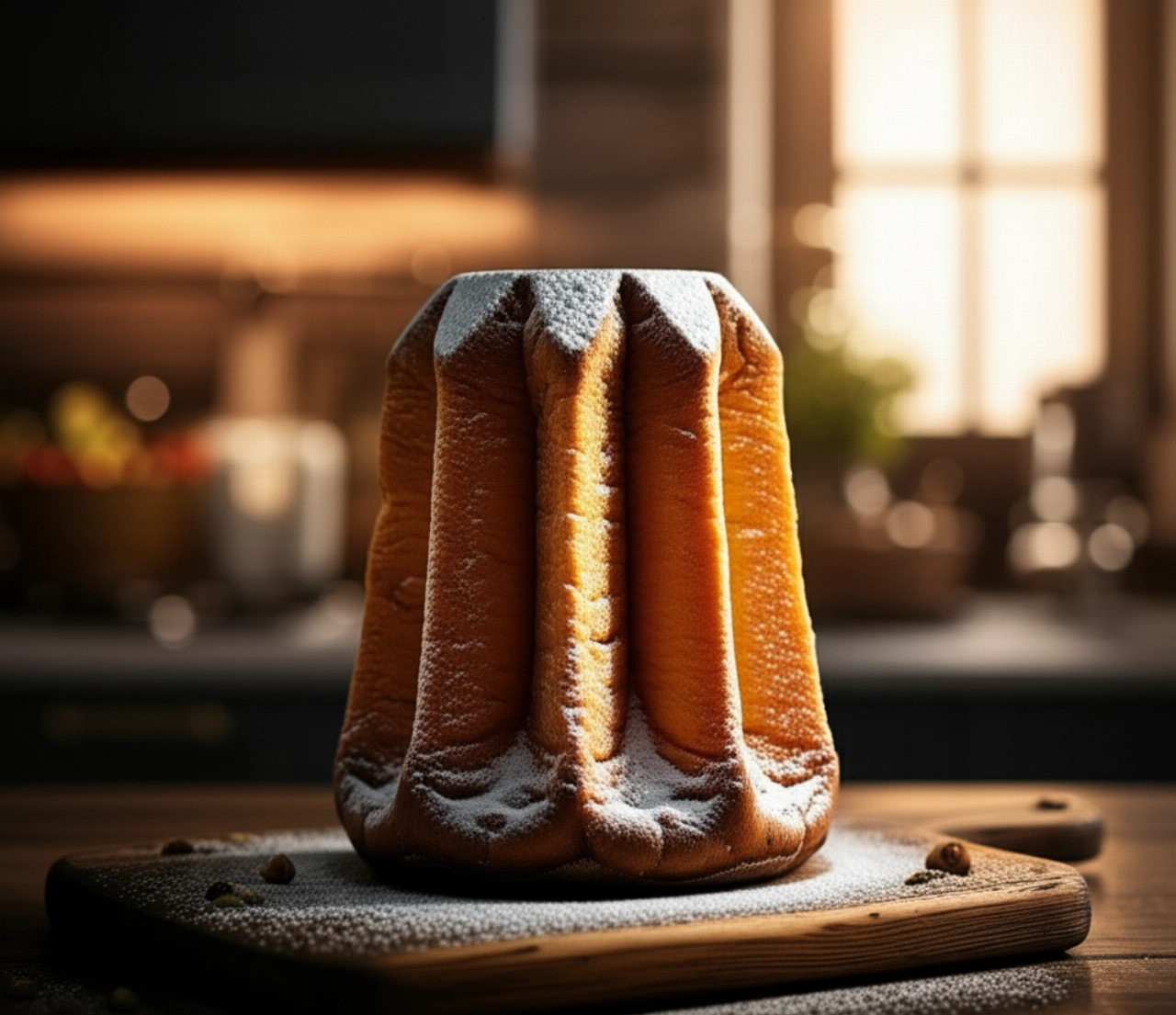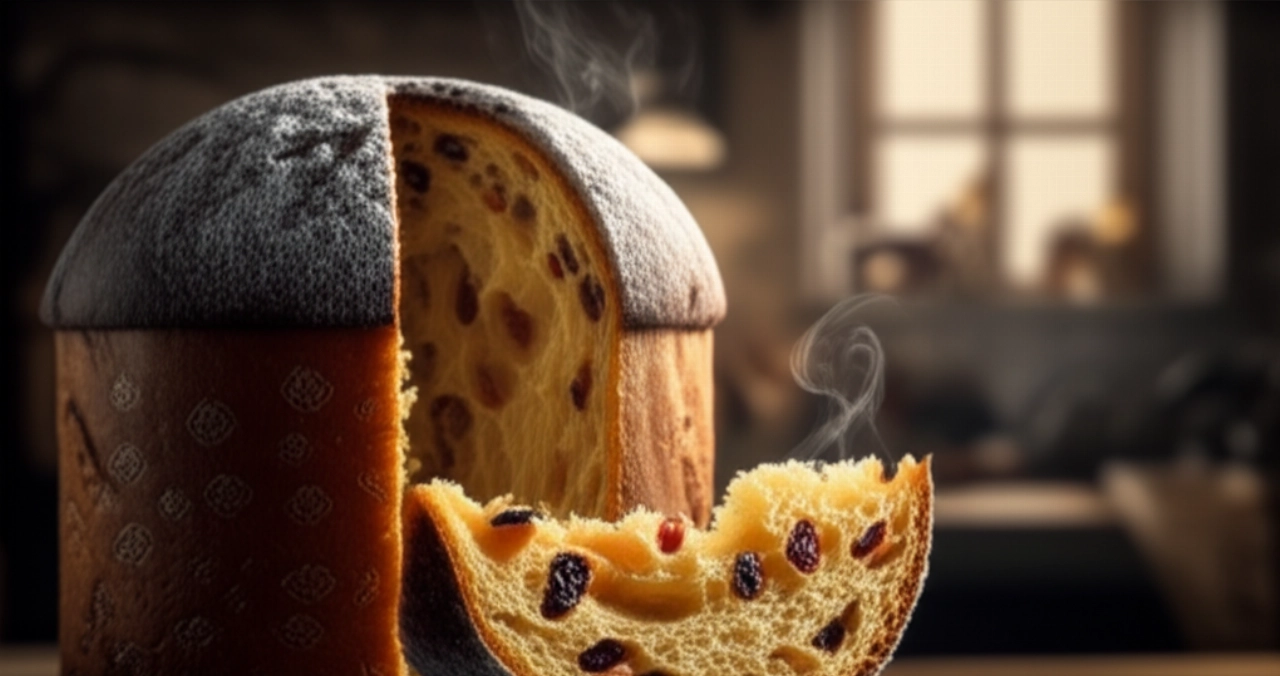Dreaming of a homemade pizza that smells like a wood-fired oven, with a tall, crispy crust and a soft, flavorful center? The kind that makes you close your eyes at the first bite and transports you directly to a Neapolitan pizzeria, but with the warmth and love of your own kitchen?
Too often, however, the dough doesn't rise as it should, becomes hard, gummy, or the final result is disappointing. It seems like a task for expert pizzaiolos, with secrets passed down through generations, and the fear of wasting ingredients and time is always around the corner.
Make yourself comfortable. On this page, you won't just find a list of ingredients, but the definitive guide, full of tricks and tips, to prepare the best homemade pizza of your life. Success is guaranteed, even if it's your first time. I'll reveal all the secrets for a perfect dough, soft inside and crispy outside, that will make you say: "This is the only recipe I'll ever need. Here, I feel at home."

Ingredients for a Masterful Homemade Pizza: The Choice That Makes the Difference
Preparing an exceptional pizza starts with choosing the right ingredients. It's not just a list, but a conscious selection for a guaranteed result.
- Flour: For an elastic and well-risen dough, I recommend type 00 or 0 flour with medium strength (W) (between 250 and 300). This allows you to obtain a dough that "holds" its rise well and stretches without breaking.
- Water: Water is the soul of the dough. Use it at room temperature or slightly lukewarm (never hot!) so as not to "stress" the yeast. Hydration is fundamental for softness.
- Yeast: You can use fresh brewer's yeast (the block kind) or dry (granular). Fresh is faster, dry is more convenient and stores better. The important thing is not to overdo the dosage: less yeast and more rising time mean a more digestible and flavorful pizza.
- Salt: Not only for flavor, but also to regulate yeast activity and give structure to the dough. Always add it last, away from the yeast, so as not to inhibit it.
- Extra Virgin Olive Oil: A drizzle of oil in the dough adds elasticity, flavor, and helps achieve a more golden and crispy crust. Choose a quality oil; it will make a difference.

The 3 Common Pizza Dough Mistakes (and How to Avoid Them)
As a "guardian" of the kitchen, I know well the pitfalls that can turn the dream of perfect pizza into a disappointment. Here are the most common mistakes and how to avoid them, so you don't waste precious time and ingredients:
- Using Too Much Flour or Too Little Water: A dough that is too stiff is difficult to work with and will result in a dry pizza. If the dough is too sticky, resist the temptation to add too much flour. Add it little by little, only if strictly necessary. The dough should be soft and elastic, slightly sticky at first.
- Not Kneading Enough: The dough needs to be worked for a long time to develop gluten, the "mesh" that traps air and makes the pizza soft. If you don't knead enough, your pizza will be dense and not very airy. Don't rush, knead vigorously for at least 10-15 minutes.
- Insufficient or Excessive Proofing: Patience is key. If the dough doesn't rise enough, the pizza will be hard and indigestible. If it rises too long in a warm environment, it might "tire out" and lose strength. Follow the indicated times and temperatures, and if possible, opt for a slow rise in the fridge.

The Extra Touch: The Secret to a Truly Special Pizza
My grandmother always said that haste is the worst enemy in the kitchen, especially when it comes to leavened doughs. And she was right! The real secret to a homemade pizza that will earn you endless compliments is long fermentation.
Allowing the dough to mature slowly in the refrigerator for 12-24 hours allows the yeast to work calmly, developing complex flavors and making the pizza incredibly digestible and flavorful. Not only that, the dough will be much more elastic and easier to stretch. It's a small extra effort that pays off a thousand times in terms of flavor and texture. Try it to believe it!
Let's Prepare Homemade Pizza Together: The Step-by-Step Guide
Now that you know the secrets, let's get cooking! Follow these steps carefully and success will be guaranteed.
Ingredients:
- 500g type 00 or 0 flour (W 250-300)
- 300-320ml lukewarm water
- 5g fresh brewer's yeast (or 2g dry)
- 10g fine salt
- 20ml extra virgin olive oil
- For the topping: tomato passata, pizza mozzarella, fresh basil, a drizzle of EVO oil.
Instructions:
- Activate the Yeast: In a large bowl, dissolve the yeast in lukewarm water. If using dry yeast, let it rest for 5 minutes until a light foam forms.
- Prepare the Dough: Add half of the flour to the water with the yeast and mix with a spoon until you get a batter. Add the oil and then the rest of the flour, a little at a time. Only at the end, when almost all the flour is absorbed, add the salt.
- Knead with Love: Transfer the dough to a lightly floured surface and knead vigorously for at least 10-15 minutes. You should obtain a smooth, elastic, and homogeneous dough. If it's too sticky, grease your hands with a little oil instead of adding more flour.
- First Rise (Bulk Fermentation): Form a ball, lightly grease it with oil, and place it in a large bowl. Cover with plastic wrap or a damp cloth and let it rise in a warm place (about 24-26°C) for 2-3 hours, or until it has doubled in volume. For long fermentation: after 1 hour at room temperature, transfer the bowl to the refrigerator for 12-24 hours. Take it out of the fridge at least 2 hours before using it.
- Dividing and Second Rise (Proofing): Gently turn the risen dough onto a floured surface. Divide it into 2-3 dough balls (depending on the desired pizza size). Form balls and arrange them on a floured baking sheet, cover with a cloth, and let them rise for another 30-60 minutes.
- Stretch the Pizza: Heat the oven to its maximum temperature (220-250°C) with the baking sheet inside. Take a dough ball and, with floured hands, gently stretch it from the center outwards, trying not to flatten the cornicione (the crust) too much. Do not use a rolling pin if you want a tall, airy crust!
- Top and Bake: Transfer the stretched dough to parchment paper. Top with tomato passata, a drizzle of oil, and then diced mozzarella (preferably drained beforehand). Bake on the hot baking sheet and cook for 10-15 minutes, or until the edges are golden and the topping is bubbling.
- Final Touch: Remove from the oven, add a few fresh basil leaves, and immediately serve your wonderful homemade pizza!
Tips and Frequently Asked Questions About Homemade Pizza
Here are some of the questions I get asked most often, to clear up any doubts and guarantee you tremendous success!
- Can I use sourdough starter? Of course! If you're experienced, you can replace brewer's yeast with about 150-200g of refreshed and active sourdough starter. The rising times will be longer, but the flavor will be even more complex.
- How do I get a tall, crispy crust (cornicione)? The secret is not to flatten the edge when stretching the dough. Work gently from the center outwards, pushing the air towards the edges. A very hot oven helps to inflate the cornicione quickly.
- Can I freeze pizza dough? Absolutely! After the first rise, you can divide the dough into balls, lightly grease them, and freeze them individually. When you want to use them, take them out of the freezer the night before and let them thaw slowly in the refrigerator, then at room temperature for a couple of hours before stretching them.
- Why is my pizza hard after baking? It could be a problem with under-hydrated dough, insufficient rising, or excessive baking. Make sure to knead well, respect the rising times, and don't bake the pizza for too long.
- What is the ideal oven temperature? Pizza loves intense heat! Heat the oven to its maximum temperature (even 250°C or more) for at least 30-40 minutes before baking. If you have a pizza stone, use it!
There you have it! Now you no longer just have a recipe, but all the secrets to bring to the table a homemade pizza that tastes like a pizzeria, but with the warmth, love, and guaranteed success of your own kitchen. A true masterpiece of traditional Italian cuisine that will delight everyone, from dipping bread in the sauce (scarpetta) to the crispiness of the crust.
Don't be afraid to experiment with toppings: from the classic Margherita to the richer Capricciosa, the important thing is to start with this solid base. You'll see that applause won't be lacking and the enveloping aroma will fill your home!
Have you tried our recipe? We're very curious to see your masterpiece! Leave a comment below, tell us how it went, or share a photo on Instagram by tagging @CercaRicette.it. If you loved this pizza, you can't miss our recipe for Perfect Tomato Sauce or for a delicious appetizer like Fried Zucchini Flowers. We look forward to hearing from you!





